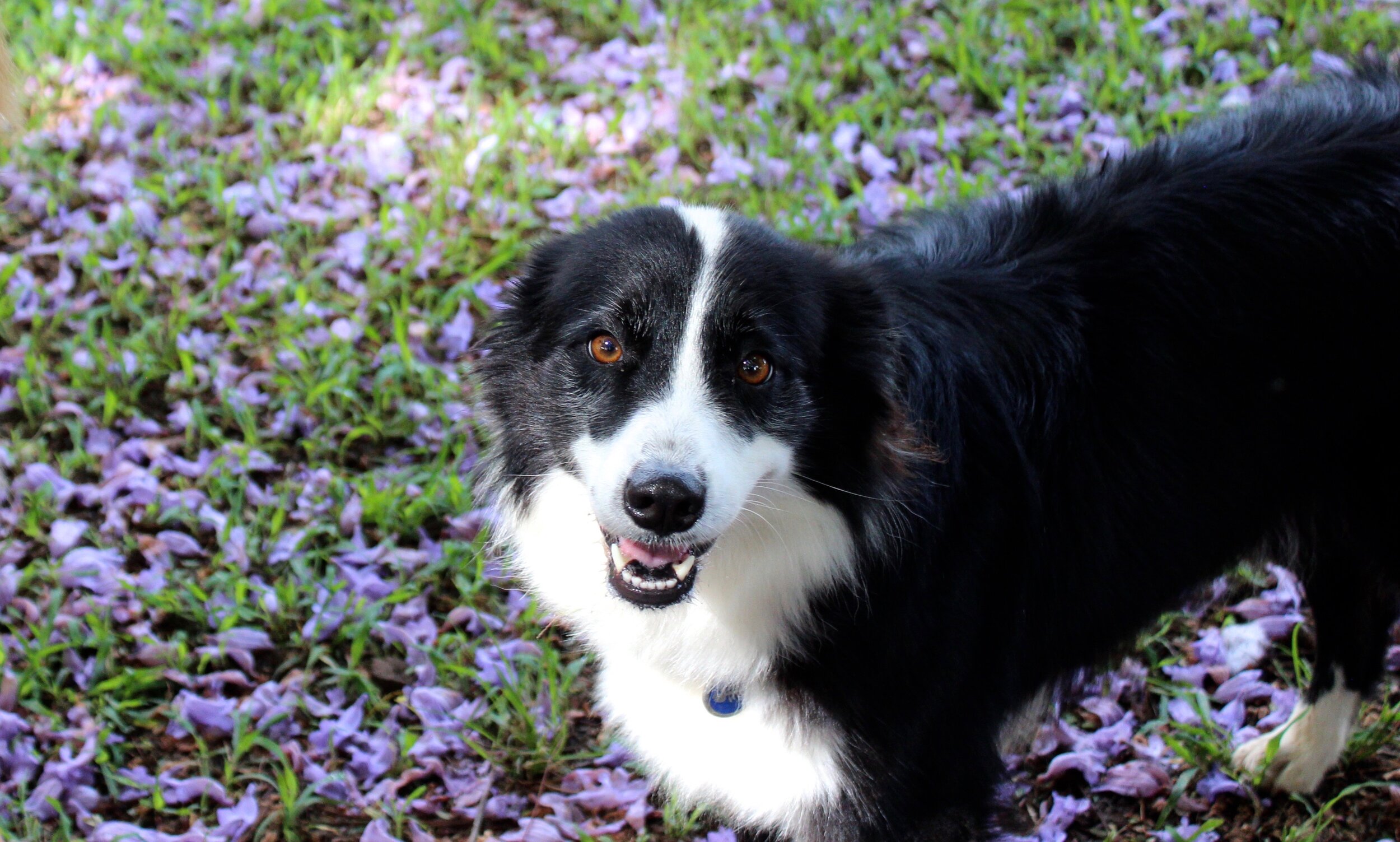
How animals communicate
Some dogs bark, while others, like my dog Enzo, howl. Roosters crow, cats purr, whales sing, and some animals make indescribable sounds (like coqui frogs). Animals also use many types of nonverbal communication. They use body language or touch, just like Barney did when he blocked me from going farther into the pool. They also communicate using chemical signals, such as when a dog smells a bush and pees on it. Animals send and receive messages in ways we can’t always see or hear. They are masters at intuitive and/or telepathic communication.
My mom used to tell me a story about one of our dogs, a black lab named Barney, who saved my life when I was three years old. One afternoon, my mom was gardening next to our swimming pool. I managed to silently slip past her and make my way to the top step of the pool. Barney began to bark loudly, and when my mom looked over, he was standing directly below me, as if to block me from going any deeper into the pool. She always said Barney was my protector and he was incredibly gentle with me. We had a very special bond. This is one of a number of experiences I’ve had that revealed how deeply animals understand us in an emotional and intelligent way.
Enzo and Izzy
Izzy and Wendy
Intuitive communication
and how it applies to animal communication
Enzo
Intuitive communication involves sending information through thoughts, images, feelings and emotions. It is very simple and happens in a nanosecond. This way of communicating can occur regardless of the physical distance between a person and an animal. Time and space do not matter.
Have you ever thought of someone—and they call you at that exact moment? Or what about when you’re talking to someone and you “just know” what they are about to say? The next time someone tells you a story, pay attention to what’s happening in your mind’s eye. Are you creating mental images as you listen to the story? For instance, has a friend ever told you about a new house they just moved into and when you saw it you said, “That’s exactly how I pictured it !” This is how I communicate with animals. We all have the ability to do this. It’s not that I am special or gifted; I am simply open to it and I practice a lot.
Unfortunately, as humans, we get stuck in our heads. Most of us are left-brained, which means we are very good at analyzing life and like to “figure things out.” We sort information from the past, present and future and pay close attention to detail. When we are in “analyzer mode,” we stop trusting what we are sensing or knowing. The right brain, however, thinks in images and is more in the moment. As neuroanatomist Dr. Jill Bolte Taylor says, “We are energy beings connected to one another through the consciousness of the right hemisphere… we are one family.”
Our right hemisphere houses our creativity, intuition, and sense of oneness with the world. This sense of oneness enables us to easily exchange information—with humans and animals.


